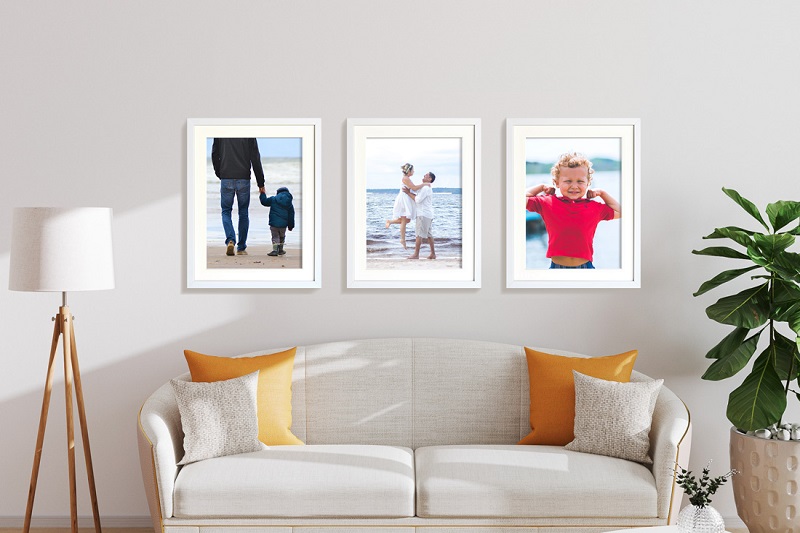Isn’t it frustrating when you spend countless hours editing a photo on your screen, only to print it and find the colors looking entirely different? Have you ever wondered why what you see on your monitor isn’t what you get on paper? That’s exactly where color calibration comes in. To truly master the art of photo printing, you must conquer color calibration—an often-overlooked step in the process of producing high-quality prints. With proper color calibration, you get to print your photos just as you envisioned them. Excited to learn more? Let’s dive deep into the world of flawless photo printing in this comprehensive guide.
When it comes to printing your precious photos, color accuracy is crucial. Obtaining flawless photo prints involves more than just having a high-quality printer; it requires mastering color calibration. Color calibration ensures that the colors in your digital file accurately translate onto paper, resulting in stunning, true-to-life prints.
The first step in color calibration is to invest in a high-quality monitor. A monitor with good color accuracy and resolution is essential to see the colors as they are, without any distortions. It is recommended to use an IPS (In-Plane Switching) or an OLED (Organic Light Emitting Diode) panel monitor for the most accurate color representation.
To further enhance color calibration, you can use a color calibration device. These small gadgets attach to your monitor and measure its colors, creating an accurate color profile. Popular options include the X-Rite Colormakers and Datacolor SpyderX. By using a color calibration device, you can ensure that your monitor displays colors accurately.
Once your monitor is calibrated, it’s time to move on to color management in your photo editing software. Most professional editing software, such as Adobe Photoshop or Lightroom, offers color management tools to help you achieve accurate colors. You can set up a color management workflow by calibrating your monitor and adjusting the color space and profile settings in your editing software. This will ensure that the colors you see on your screen are the same as the ones that will be printed.
In addition to monitor calibration and color management, another crucial aspect of color calibration is printer profiling. Printer profiling creates a custom color profile for your printer, taking into consideration its specific characteristics and ink set. This ensures that the colors in your digital file accurately translate on paper. Most printer manufacturers provide printer profiling software that you can use to create profiles for your printer. Once you have completed the color calibration process, you can print your photos with confidence. Your prints will reflect the colors you intended, capturing every detail and nuance in your images.
Understanding Color Calibration: The Why And How
Have you ever considered why we need color calibration? Consider this analogy: Color calibration is to digital imaging what tuning is to a musical instrument. Both require careful adjustment to produce the desired output harmoniously. But how does it work? Simply put, color calibration ensures that your device correctly interprets and reproduces color information. Since cameras, monitors, and photo printers perceive colors differently, calibration serves as a common language they all understand, leading to consistent and accurate color reproduction.
The Process of Color Calibration: Tools and Methods
For successful color calibration, you’ll need some specific tools and a standard procedure to follow. The most widely used tools include calibration devices (colorimeters and spectrometers) and calibration software. But how exactly do you go about the calibration process? Ideally, you should start with your monitor, set the color temperature, and then balance the RGB (Red, Green, Blue) channels. We explore all these steps in great detail below.
Monitor Calibration: The First Step
Begin with your monitor because it’s the device you’ll use to view and edit your images. The goal here is to standardize how your monitor interprets color information and outputs it. Monitor calibration tools come in handy to make the process easier and more precise.
Calibration Software and Settings: A Crucial Phase
After tackling the monitor, we move onto the calibration software. This software interprets the signals sent to the monitor and adjusts them for accurate color display. Balancing the RGB channels is critical at this stage, as it helps in fine-tuning how the colors are displayed on your screen.

Printer Calibration: The Final Step
Once your monitor and software are calibrated, it’s time to address the final piece of the puzzle – the printer. Photo Printer calibration ensures the colors produced on paper match those displayed on your monitor. This process can be a bit tricky, as every printer has its unique color range or ‘gamut.’
Pros and Cons of Color Calibration
We must address that like everything else, color calibration has its pros and cons. The main advantage is, of course, the consistency of the color quality among devices, leading to a faithful reproduction of your digital images. The downside? The process can be slightly daunting and time-consuming, especially for beginners.
Conclusion:
Mastering color calibration may seem like a daunting task, especially for the uninitiated, but it’s a crucial step worth investing your time and effort in for achieving outstanding photo printing. Undoubtedly, there will be some trial and error initially, but the satisfaction you’ll feel when your prints match your on-screen vision makes it all worthwhile. When in doubt, remember that the heart of color calibration is simple: to make sure what you see is what you get. So, embark on this journey, and unravel the magic of color calibration and flawless photo printing. Mastering color calibration is essential for flawless photo printing. By investing in a high-quality monitor, using a color calibration device, and implementing color management and printer profiling, you can achieve accurate and stunning prints. Whether you are a professional photographer or a photography enthusiast, taking the time to calibrate your colors will make a significant difference in the quality of your printed photos.